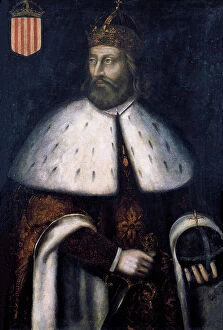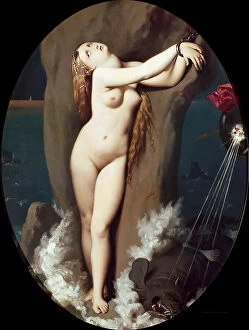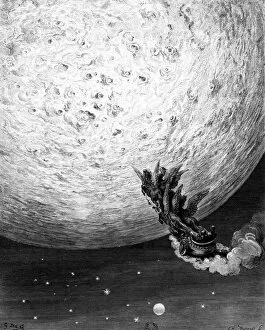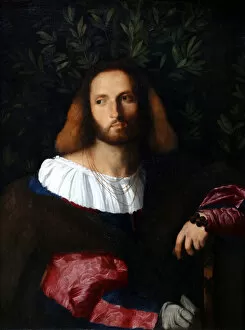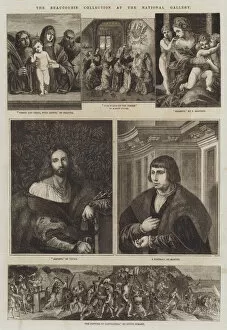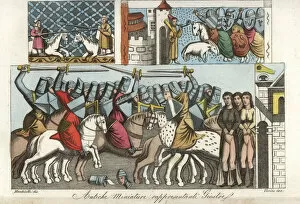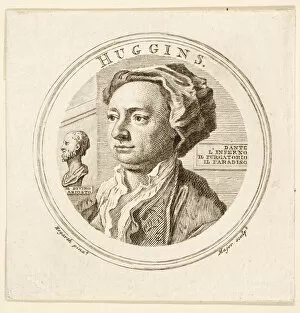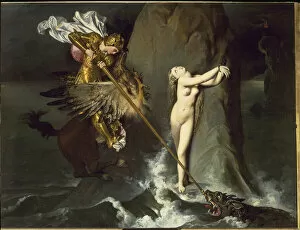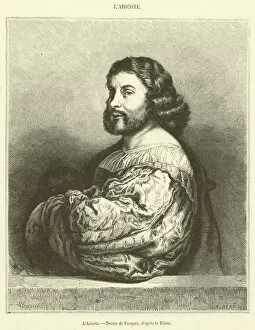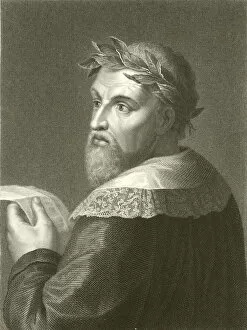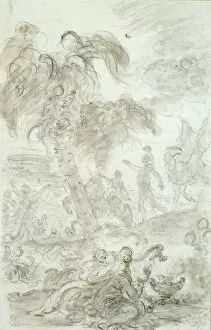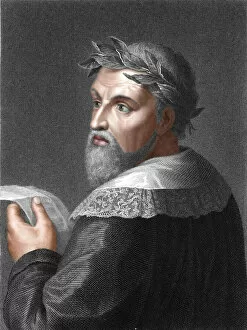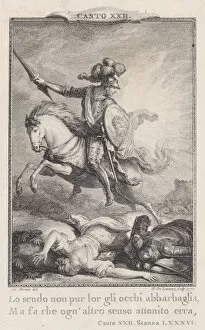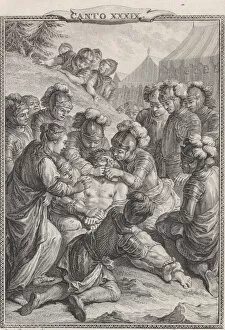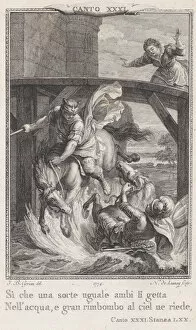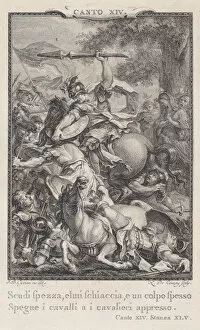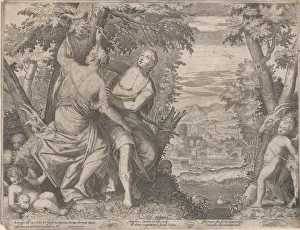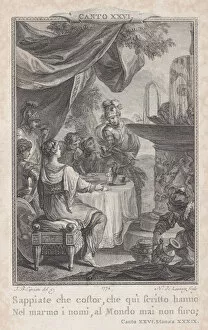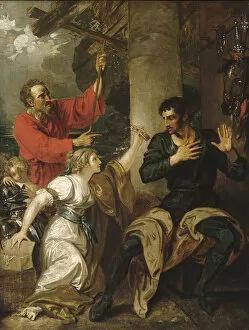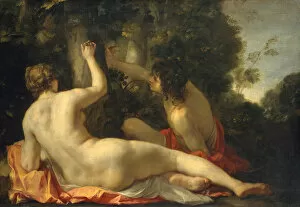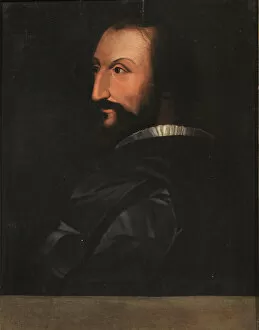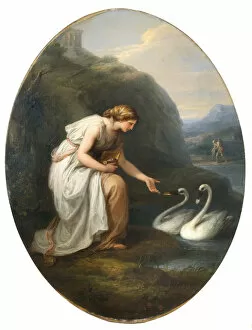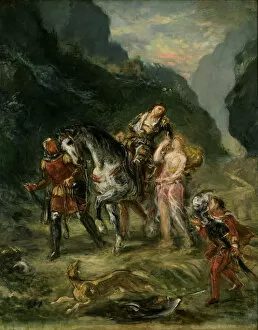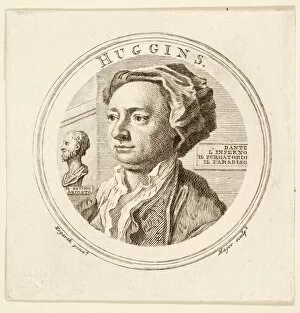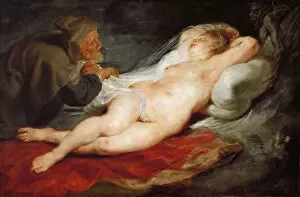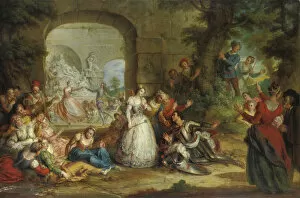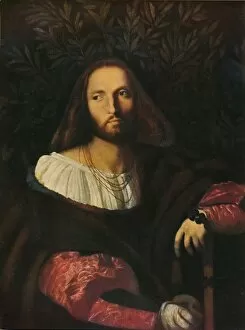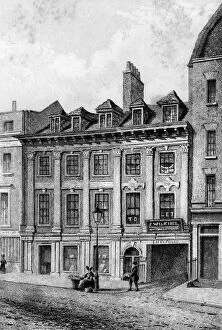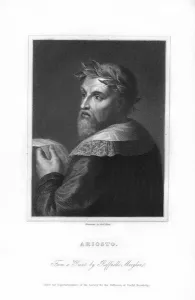Ariosto Collection
Ludovico Ariosto, an Italian poet born in 1474 and passed away in 1533, is widely celebrated for his epic poem Orlando Furioso
All Professionally Made to Order for Quick Shipping
Ludovico Ariosto, an Italian poet born in 1474 and passed away in 1533, is widely celebrated for his epic poem Orlando Furioso. This masterpiece of literature takes readers on a thrilling journey through chivalry, love, and adventure. In stanza 70 of canto XXXIV from The Frenzy of Orlando by Ludovico Ariosto, we find Astolfo on the Moon. This enchanting scene has been beautifully captured in an engraving from 1879 that showcases Ariosto's vivid imagination. Ariosto himself was not only a poet but also a visionary. His works transport us to fantastical realms where heroes like Orlando subdue brigands with fire brands. These captivating moments are brought to life through pen & ink, chalk, and wash on paper. The influence of Ariosto's writings can be seen throughout history. A statue depicting Roger and Angelica stands as a testament to their timeless love story inspired by his words. Ancient miniatures representing jousts further illustrate the impact he had on medieval culture. Even after centuries have passed since his death, artists continue to draw inspiration from Ariosto's tales. A portrait of William Huggins published in 1760 captures the essence of this influential figure who left an indelible mark on literature. The themes explored by Ariosto resonate deeply with audiences even today. Paintings such as "The Damsel and Orlando" from around 1793 depict the complexities of human emotions amidst turbulent times. Love is another recurring motif found within Ariosto's works. In "Angelica and Medoro, " painted around 1630 or later, we witness their passionate connection portrayed through oil on canvas. Similarly, another painting from 1763 depicts Angelica being liberated by Roger while riding atop a hippoclaw – showcasing both bravery and romance intertwined. Ludovico Ariosto remains immortalized through his literary contributions, which continue to captivate readers and inspire artists.


